Ilha de Moçambique
Ilha de Mocambique | Detailed Guide for an Unforgettable Time-Warp Getaway
Mozambique Island (Ilha de Mocambique) is an evocative destination like no other! Discover why, plus helpful tips for making the most of your stay.
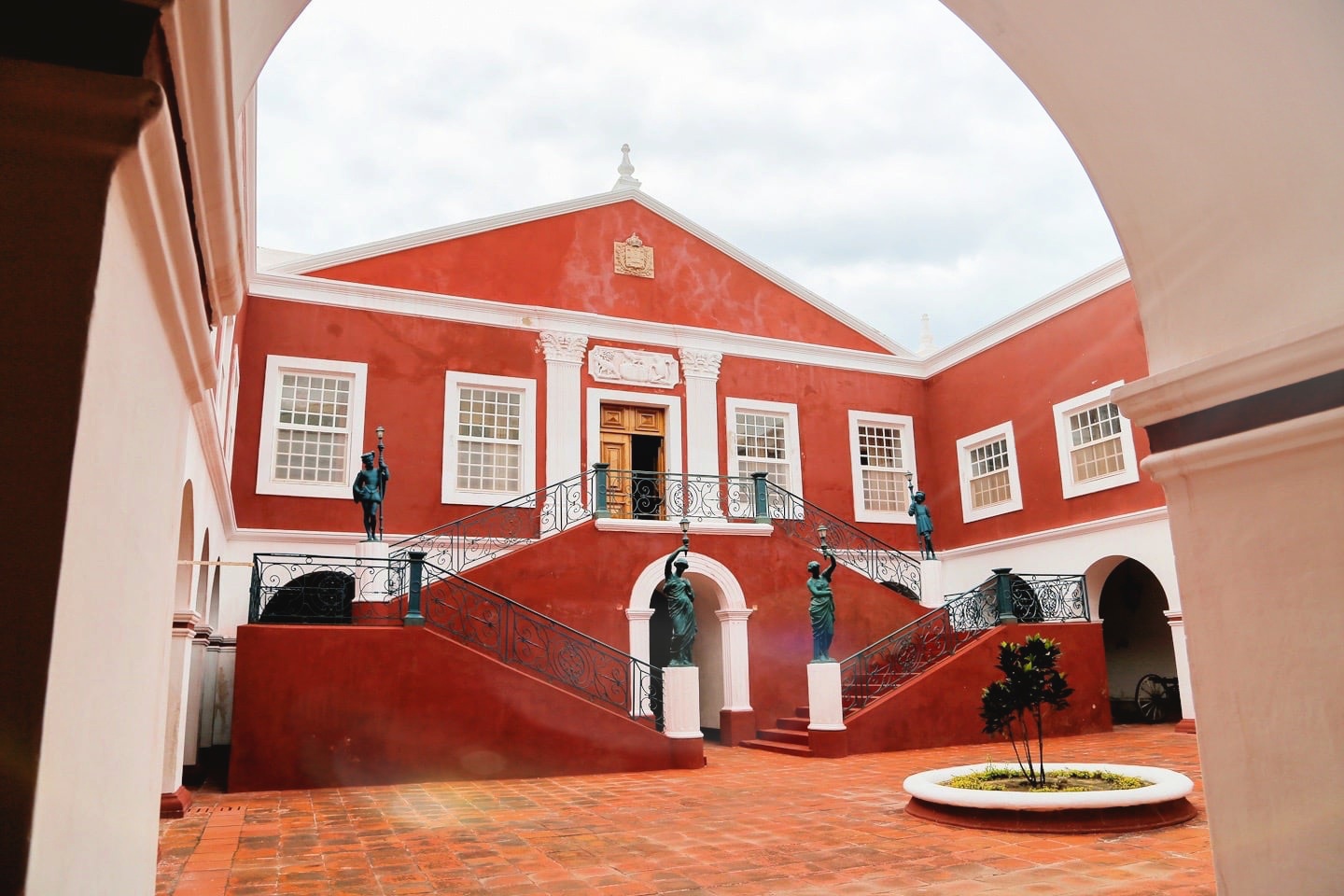
ILHA DE MOCAMBIQUE is the quintessential UNESCO World Heritage Site destination, embodying all that we love about travel.
Ilha symbolizes precisely what a UNESCO HERITAGE site should be — a living, breathing place pulled from the brink of ruin, with the hope of preserving something unique and significant to humanity’s story.
Mozambique Island is not Zanzibar but one can confidently level it the Venice of Southern Africa in terms of tourism infrastructure and number of visitors.
Ilha de Mocambique demands more from travelers than simply being a passenger along for the ride.
Expect to work a bit to get here and to step out of your comfort zone once you’ve arrived.
For your efforts, also expect to be rewarded beyond your imagination with stunning sea views and sunsets, extraordinarily friendly and charming residents, and an authenticity found in few UNESCO towns in the 21st century.

In short, expect a travel adventure of the best kind.
Heads Up! Be sure to check the latest Covid-19 requirements. Never leave without travel insurance. World Nomads offers good travel coverage for shorter trips and recreational activities; SafetyWing offers good health coverage at a lower cost for longer term travel.
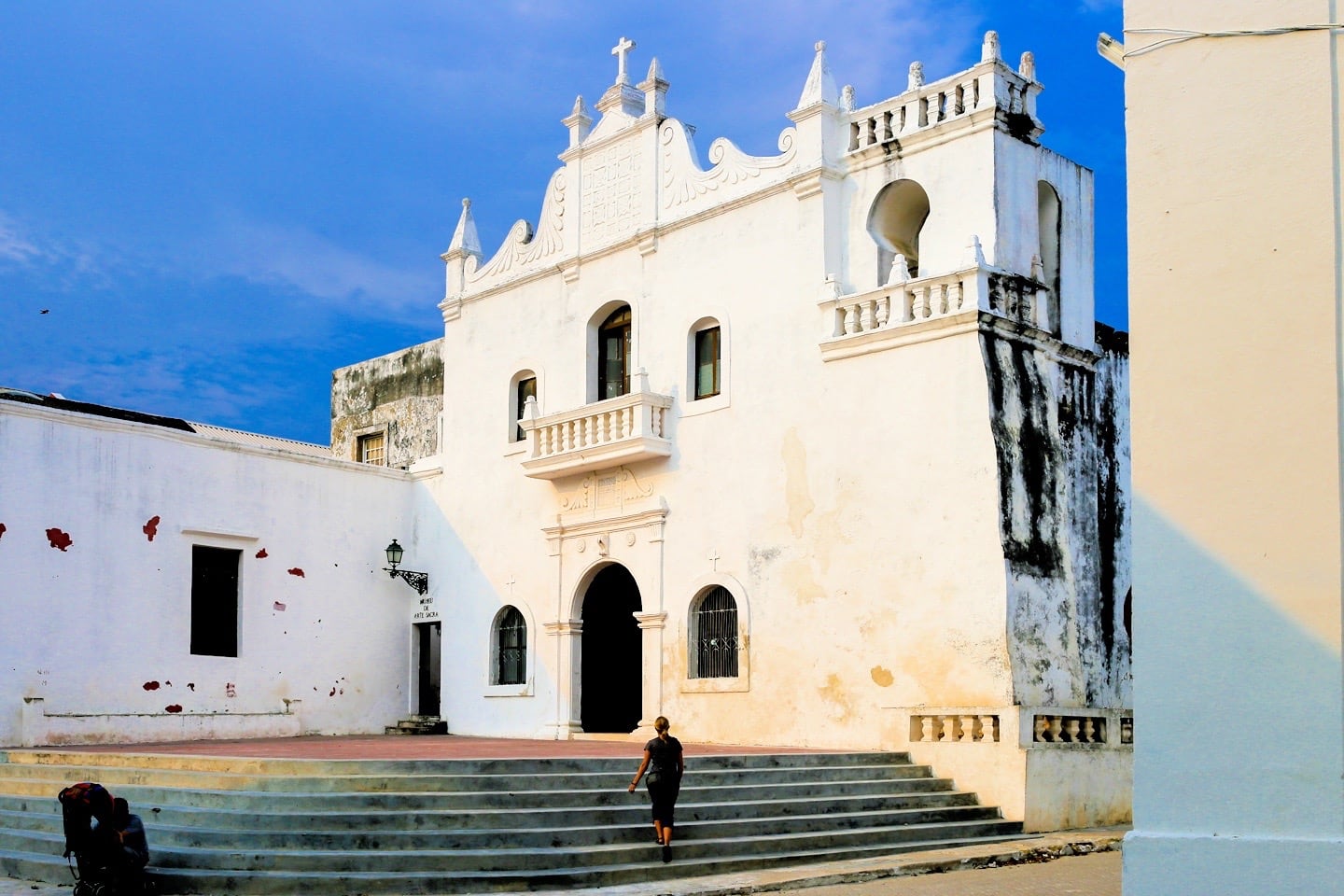
A Guide for Travelers: Ilha de Moçambique
Why Visit Ilha de Mocambique?
Many travelers like to compare Ilha de Mocambique to Zanzibar and Lamu, two ancient Swahili settlements also along the coast of East Africa and UNESCO sites as well. But to do so is to lose sight of what makes Ilha so special.
At present, the island simply isn’t set up to absorb large amounts of visitors, nor does it receive numbers along the lines of Zanzibar or even Lamu before a series of terrorist attacks in the area scared off would-be tourists.
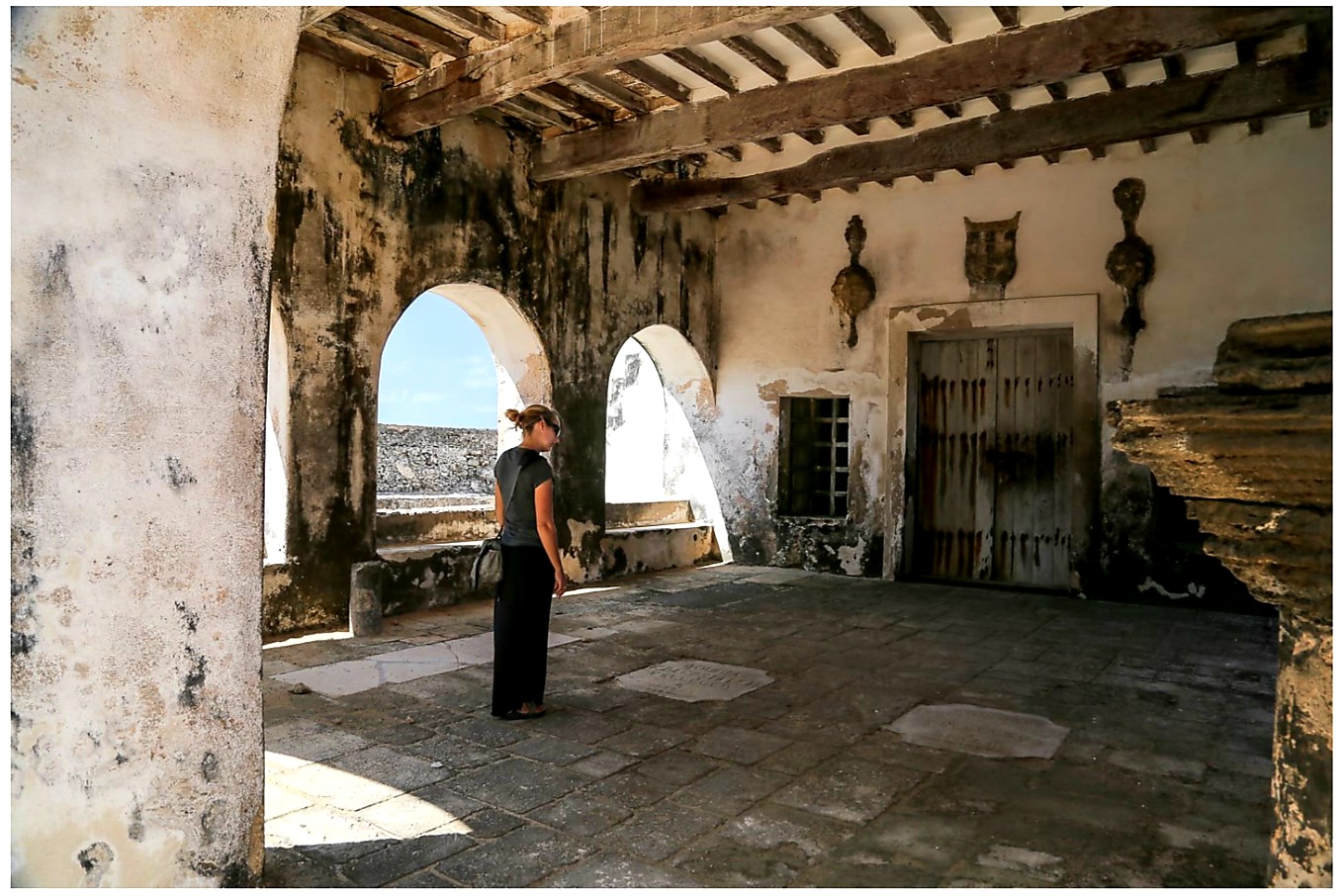
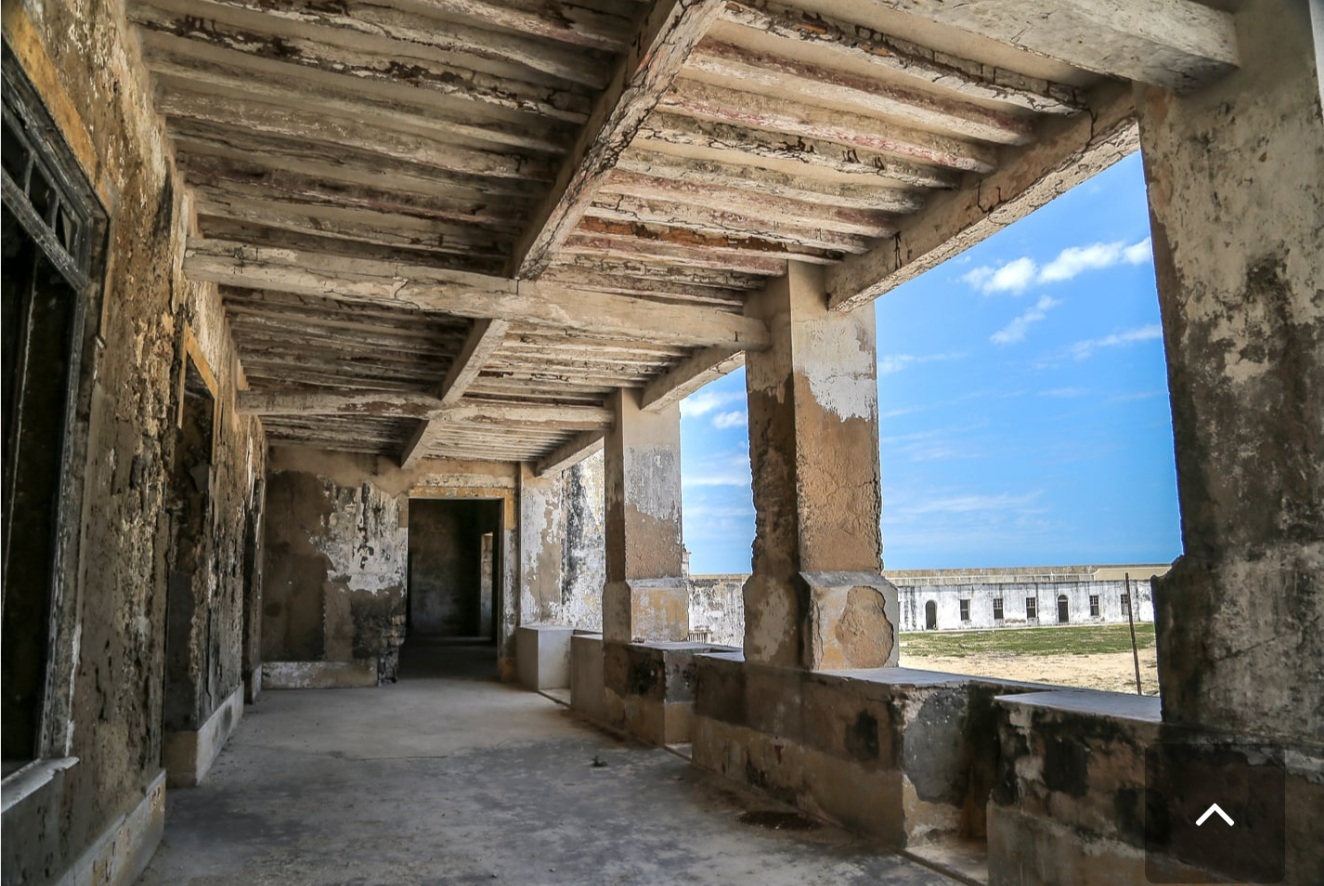
Like much of Mozambique, tiny Ilha still falls short of offering its own residents the level of infrastructure enjoyed by residents of Zanzibar or Lamu.
Ilha de Mozambique is not easy to reach, nor is the island cheap. There are many mid-range lodging options, but few budget or luxury options (but this is slowly changing).
That puts Mozambique Island squarely off the tourist trail.
And that is perhaps why Ilha is so fantastic for travelers willing to make the leap.


It’s a vibrant community of 14,000 Mozambicans that just happens to host the occasional smattering of intrepid travelers throughout the course of the year.
Because of the island’s virtual overnight abandonment a century ago, most of the old city remains as it once was, albeit crumbling — much of it ruined by time and neglect which makes the island all the more fascinating.
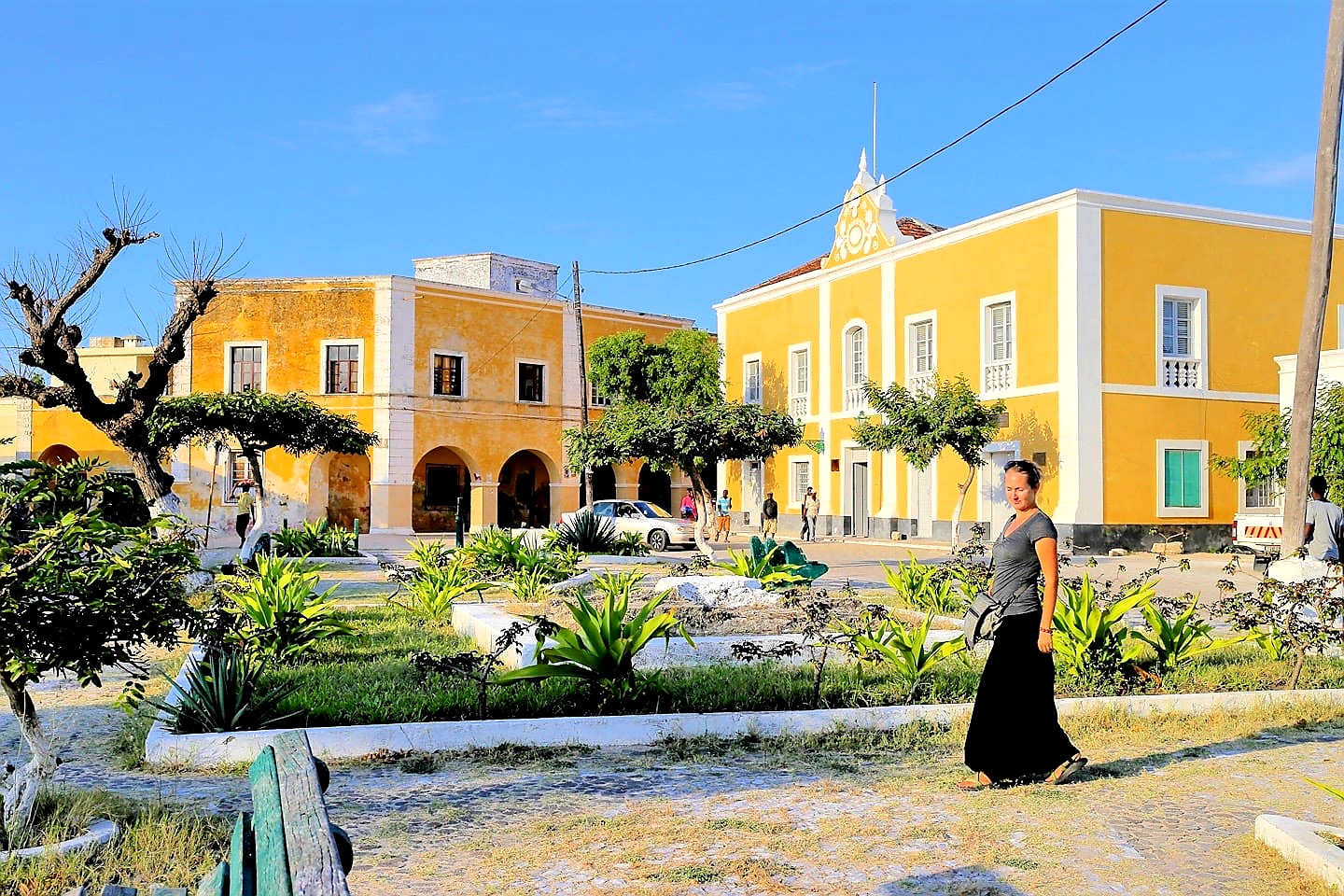
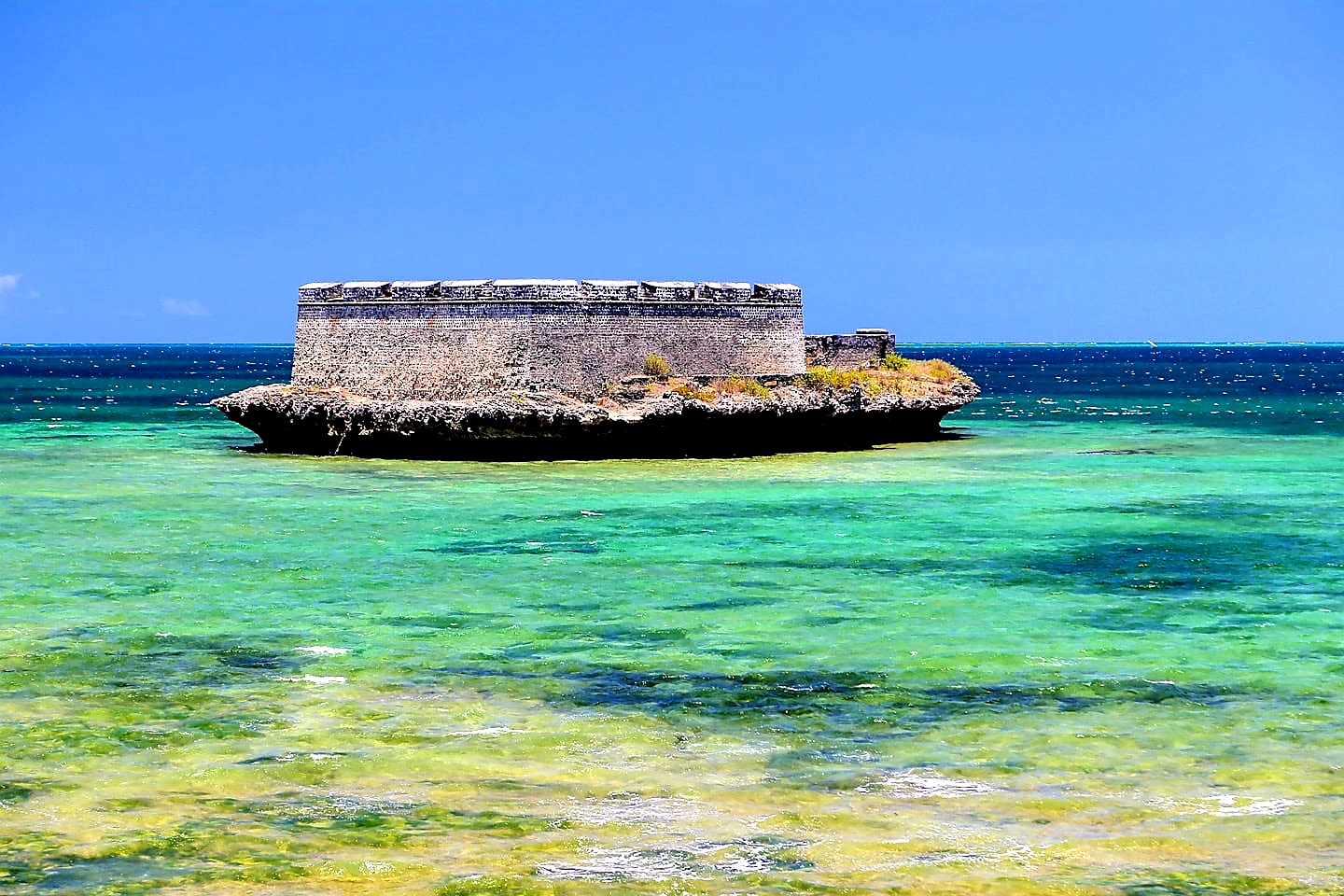
But there’s no denying that the city, or rather the entire island, itself, is the real attraction.
Walking the sand and cobblestone roads through winding allies of steady decay and pockets of restoration — passing dhows gliding lazily across the bay, and the incomprehensibly friendly residents — forms the real charm and mystique of this place.
What Made the Island of Mozambique So Significant?

The story of Ilha de Mocambique is one of meteoric rise — from relative obscurity to one of the most significant trading ports in the known world of its time — followed by a massive reversal of fortune, leading to decline and return to obscurity.
Following decades of political instability, UNESCO status and traveler interest has again fueled a resurgence signaling an upswing in the island’s fortune.
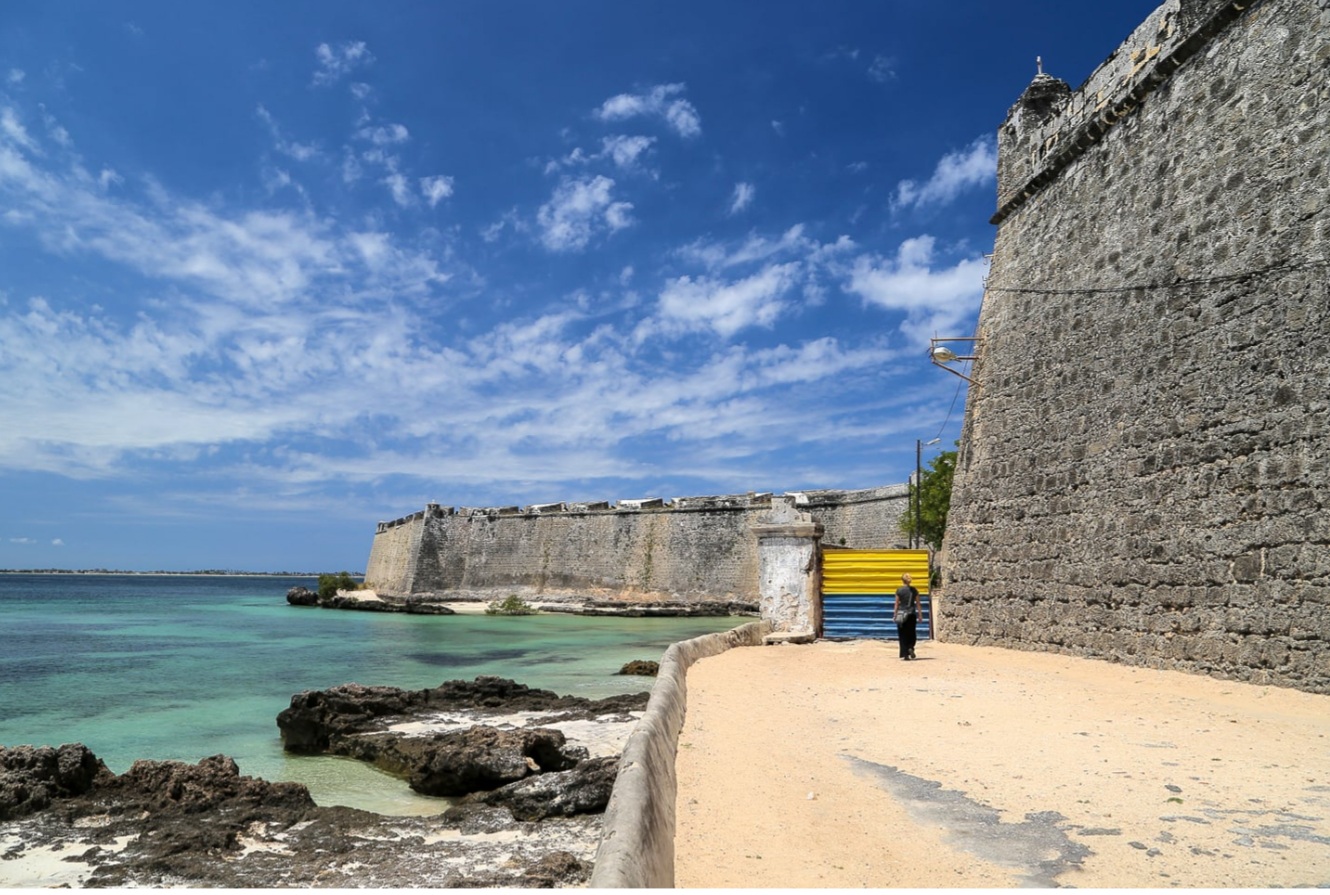
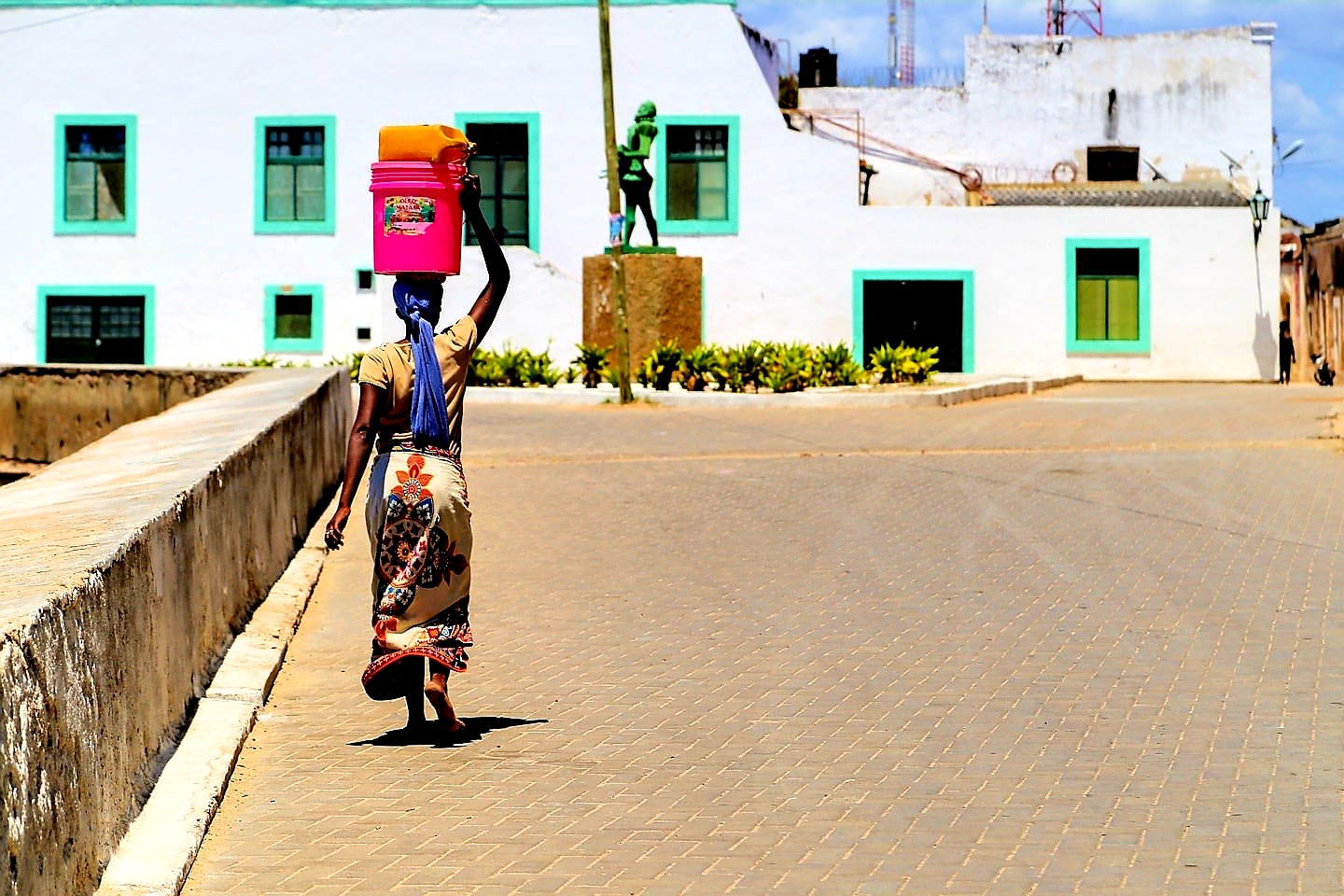
In the late 15th century, Portuguese explorer Vasco da Gama landed on Sultan Ali Musa Mbiki’s small island of Arab shipbuilders. Within a decade, the Portuguese took control of the island and named it in honor of the deposed sultan: Moçambique.
By the close of the 16th century, Moçambique would become the capital of Portuguese East Africa and one of the largest centers of slave trade on the continent.
Following independence in 1975, the entire country was re-christened “Mozambique” (Portuguese: Moçambique).
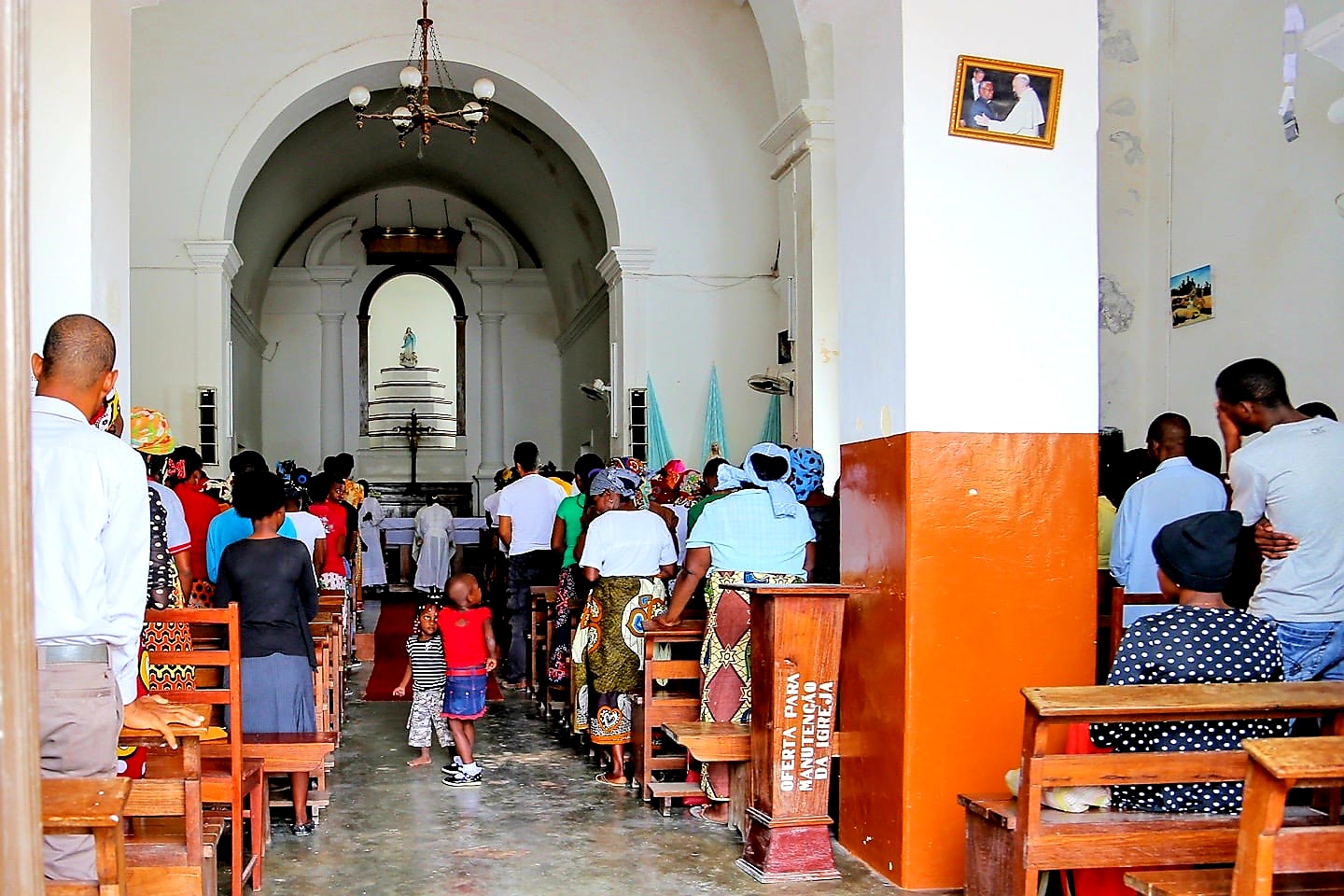
By that time, however, the Island of Mozambique had been in decline for some time. The island’s fate was sealed with the opening of the Suez Canal, signaling a move of the capital to Lourenço Marques (present-day Maputo) in 1898.
Where to Stay in Ilha de Mocambique

As with the rest of Mozambique, Ilha de Mocambique is not a budget travelers paradise. There are few reliable bets centrally located on the island that would pass for cheap.
But that doesn’t mean there isn’t good value to be found on Ilha!
Our carefully selected top picks below represent some of the best value for the money found anywhere in the country.
We’ve stayed in hundreds of hostels, hotels, guesthouses, homestays, and apartments over the years across the globe and have our selection process down to a science.
Below, we’ve taken what we learned from a month of independent travel up the length of Mozambique (on top of having lived here for two years!) and combined it with all-new hotel research for 2021.


Our top picks are top-rated, coastally-located, and are considered budget to midrange accommodation in Mozambique. They also exude some sense of place and/or local charm because we like that.
Bottom line: if we were planning our trip to Ilha de Mocambique RIGHT NOW, we’d book one of these four places.
Our Top Picks for Lodging on Mozambique Island
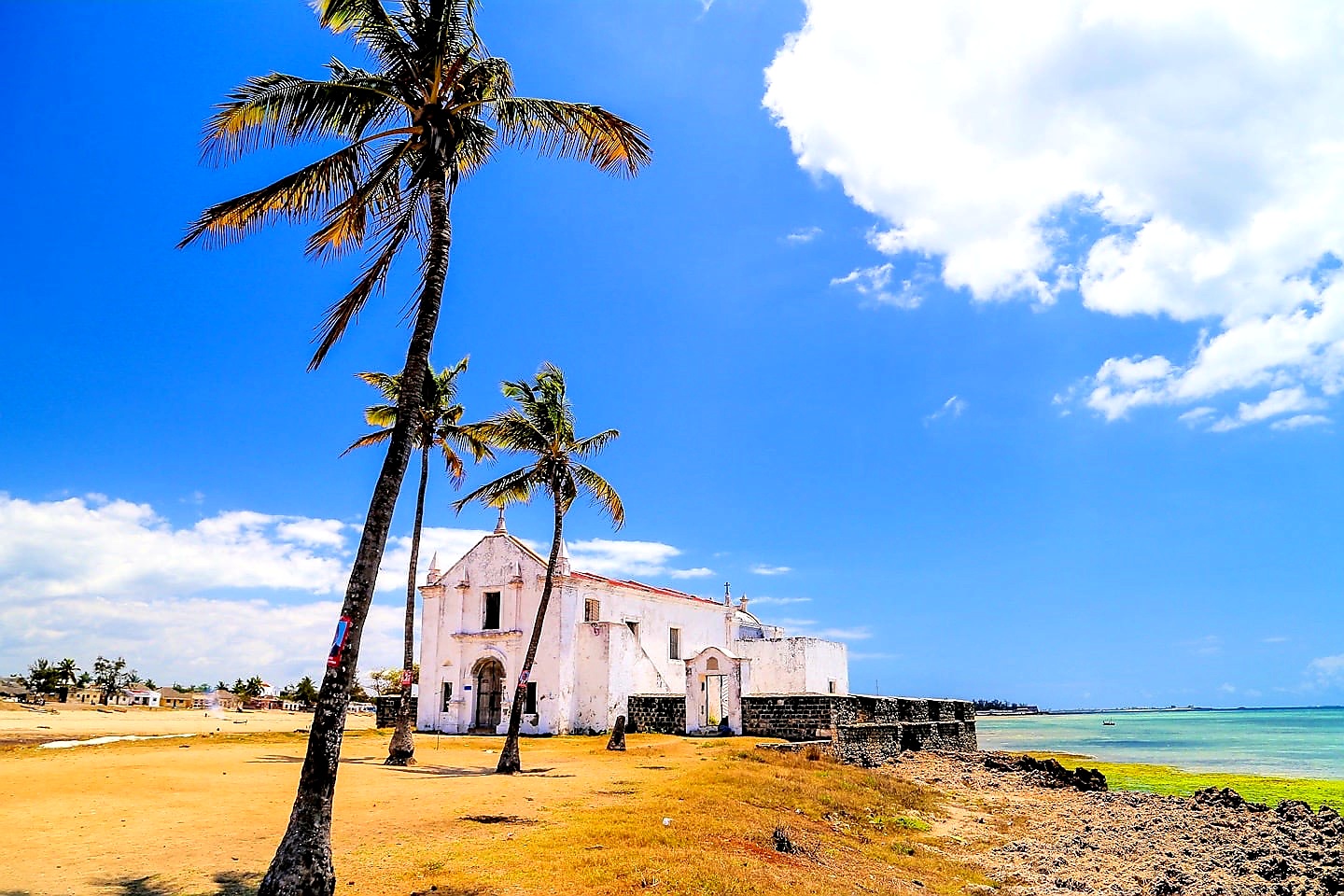
OUR TOP PICK! ▸ Coral Beach Lodge Hotel is an exceptional beachfront stay in the heart of Inhambane, boasting a private beach area, outdoor swimming pool, sun deck, and exquisitely decorated AC rooms. If you’re looking for upmarket accommodation in Ilha de Mocambique with all the comforts and amenities, Coral Lodge is your ticket!
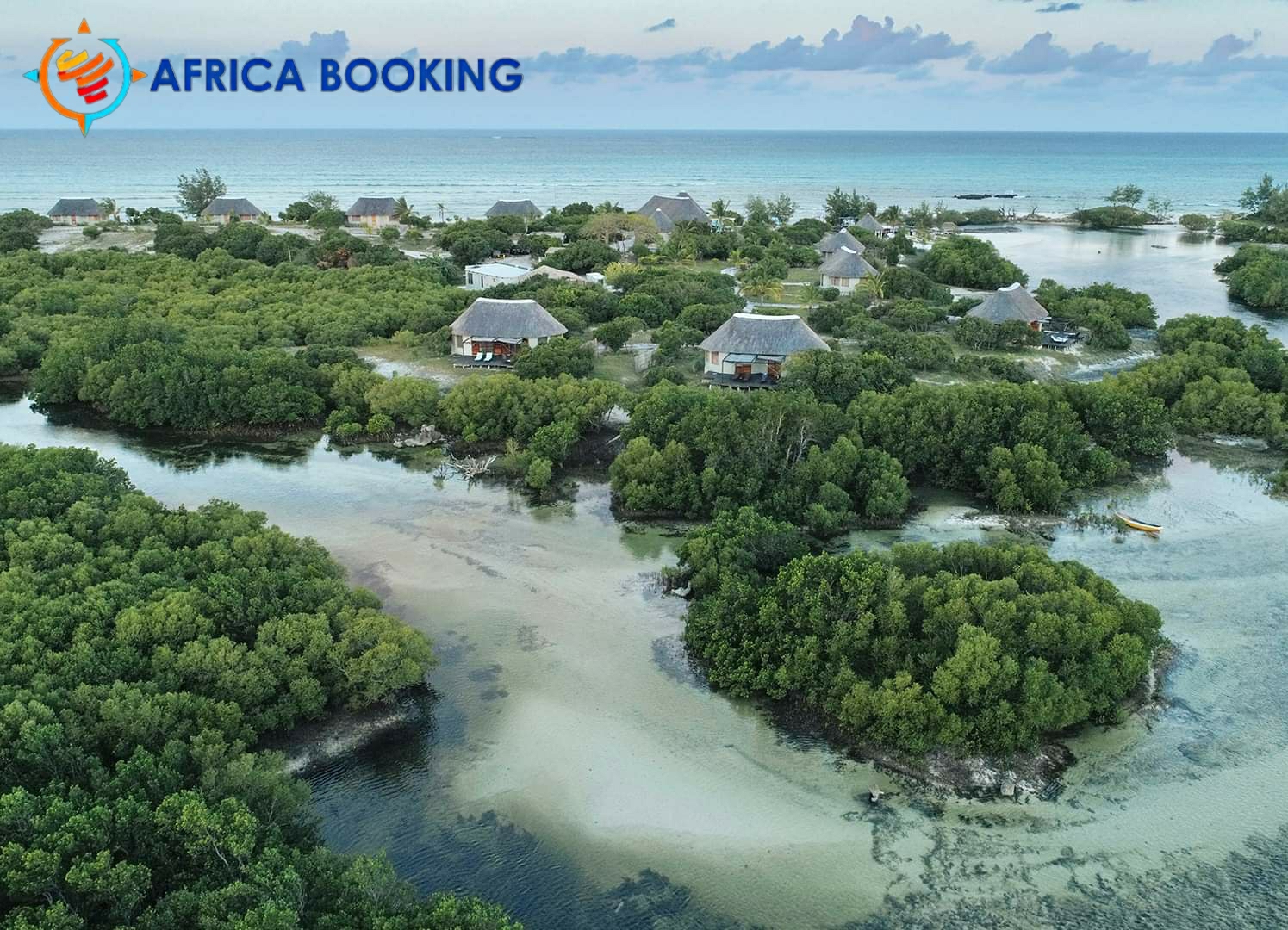
How to Get to Mozambique Island
As previously mentioned, Ilha is not easy to reach. You can’t simply fly to the island or take a tourist shuttle from the nearest major city.
You could arrange a chartered flight into Lumbo airstrip on the mainland opposite Ilha for a pretty penny. But let’s be honest, if you’ve got that kind of money to devote to Mozambique travel, you probably aren’t reading this guide.
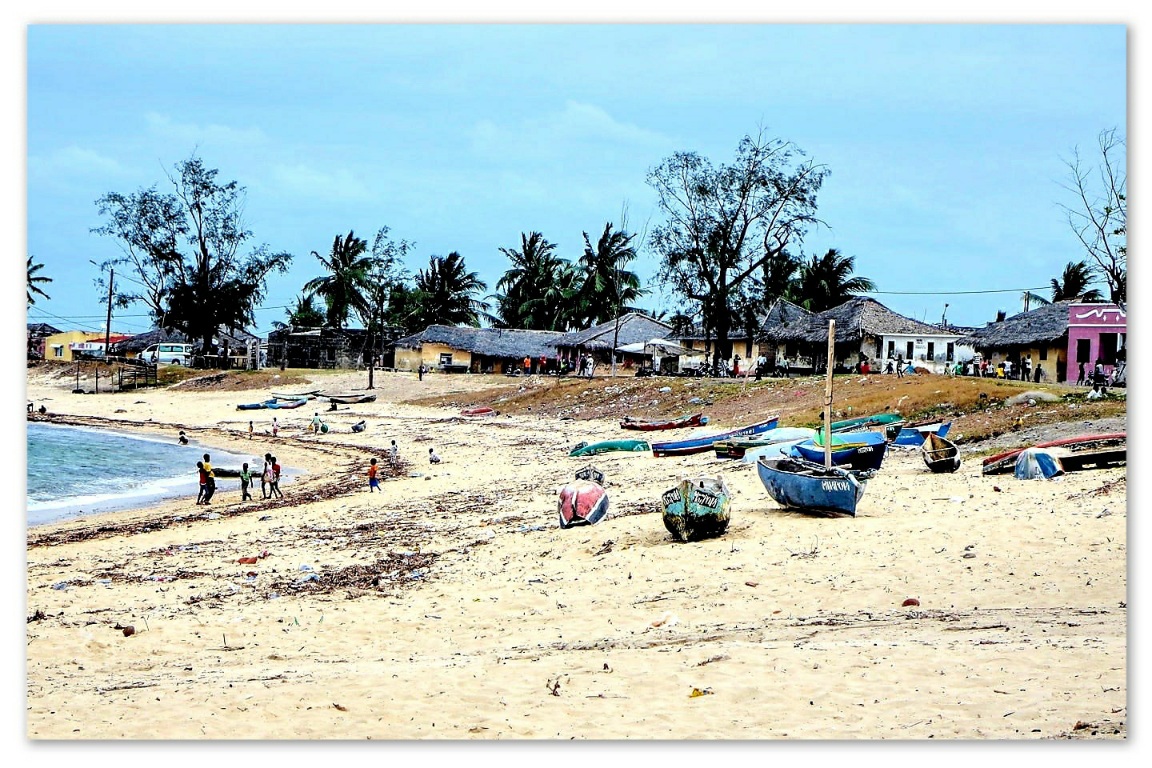
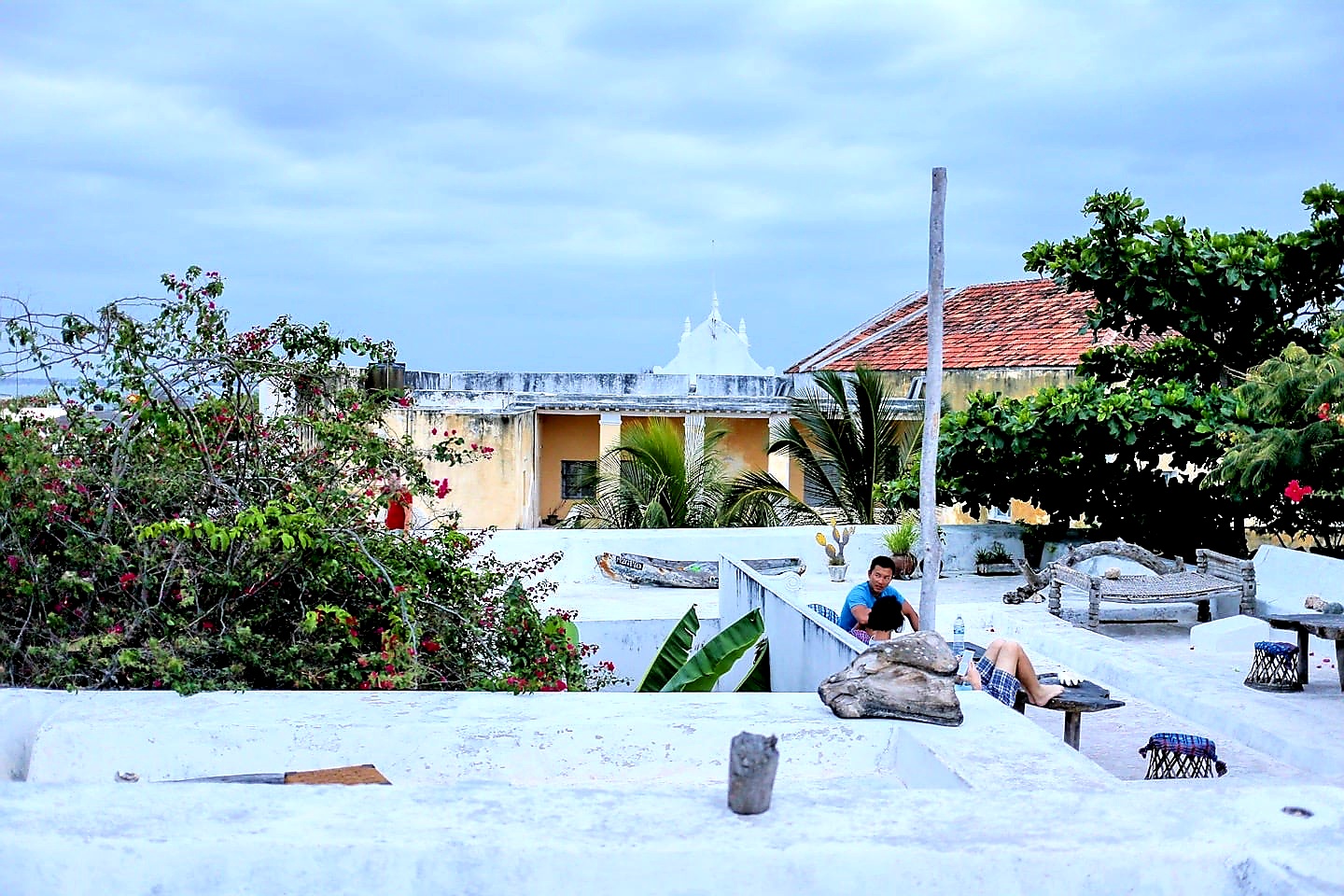
With the following transport advice, keep in mind that Mozambique is one huge country with a coastline twice that of California’s (and a road infrastructure that tends to be one of the worst in the region).
If you have the time, I highly recommend exploring the length of this amazing country by land.
But do keep in mind, you’ll be in for half a dozen or more very long days on local buses (and very long days on chapas (Mozambican collective minibuses) for those who aren’t as lucky to snag a big bus).
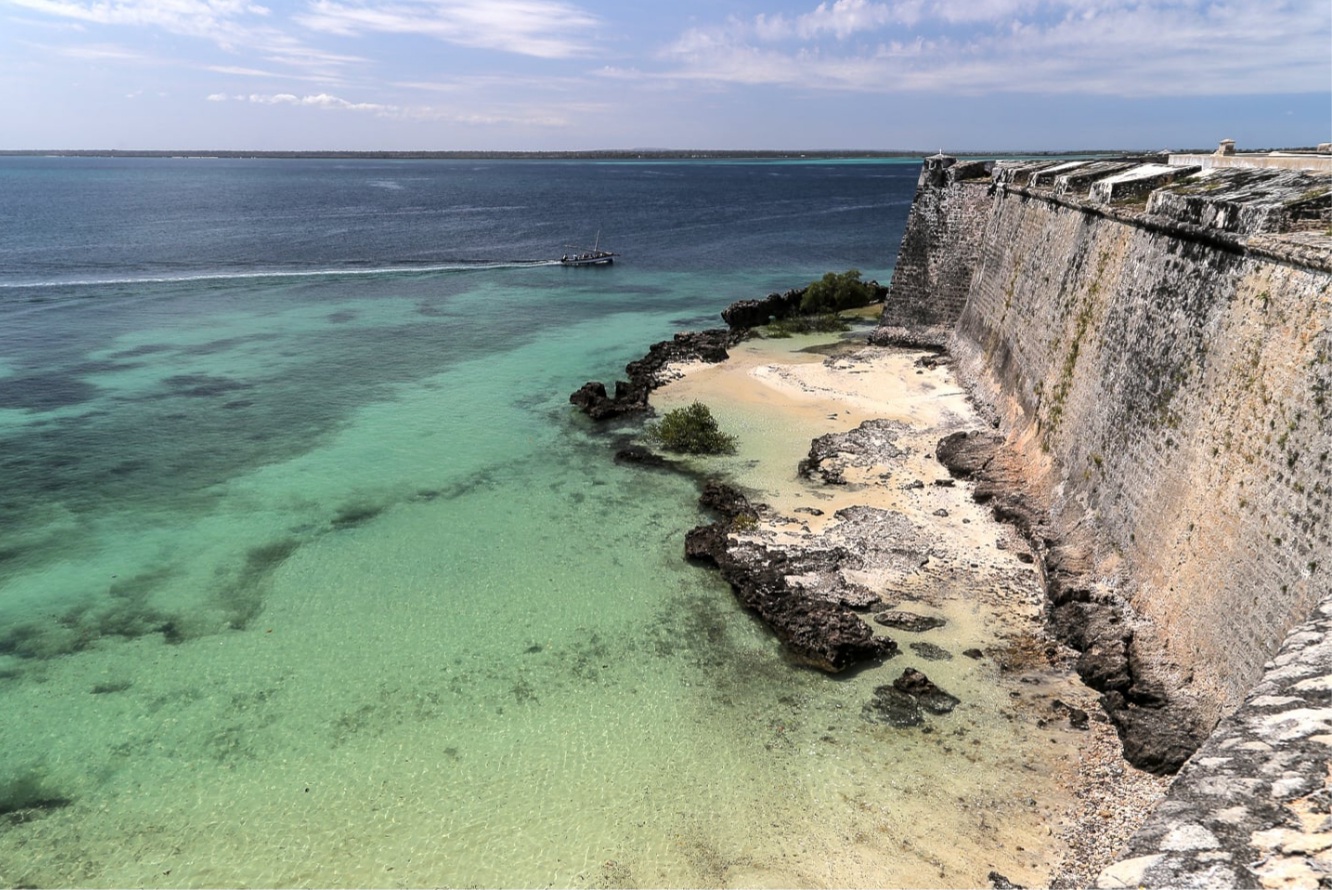
By Air
If you’re visiting Mozambique and short on time, you can cut a great deal of time off your journey to Ilha de Mocambique by flying from Maputo to Nampula, then getting overland transport the rest of the way.
Alternatively, you can fly into Nacala and make your way overland to Ilha, but when we did the journey, the consensus was that the easier route was from Nampula.
By Bus/Minibus
As with travel in most developing countries, transport options are always in flux, which means there may be more or even fewer options in the future depending on a variety of factors.
Our experience has been that there are a variety of large coach-style buses that can get you from Maputo and Pemba, and major points in between. However, smaller minibuses will likely be the primary mode of transport between Nampula/Nacala and Ilha de Mocambique.
Minibuses to Ilha de Mocambique leave from Ave de Trabhadores next to the Nampula Railway Station.

Insider Tip
Ask for the larger “Tanzaniano chapas” (as opposed to the cramped and uncomfortable regular chapas — the Tanzanianos look more like a small bus than a minivan). Confirm that the minibus is going all the way to Ilha de Mocambique and not terminating somewhere in between.
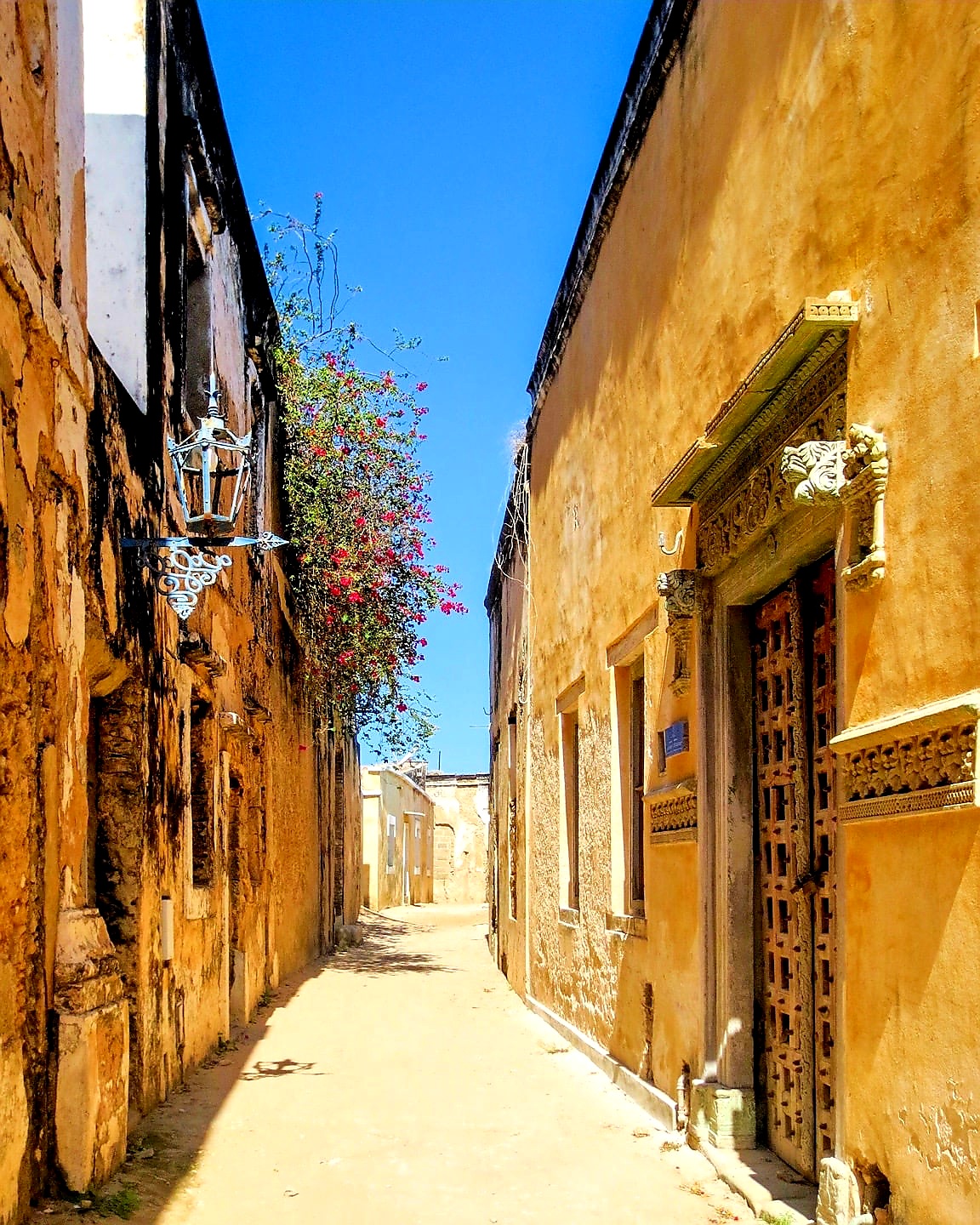
We snagged seats on a Tanzaniano from Nampula station at a little after 9am, the bus left full at about 10:30am and we arrived at the bridge connecting Ilha with the mainland a little after 1:30pm (about 3 hour travel time).
At the Ilha bridge, you are required to get off the chapa and into a shuttle which will either simply ferry you across the one-lane bridge, or continue on into town.
Transfers and private transfers can also be arranged, which is particularly helpful if you plan to travel to Ilha at off times or are traveling with a group.

What to See & Do on Ilha de Mocambique?
Having UNESCO status means there are no shortage of historic (if dilapidated in many cases) structures across the island.
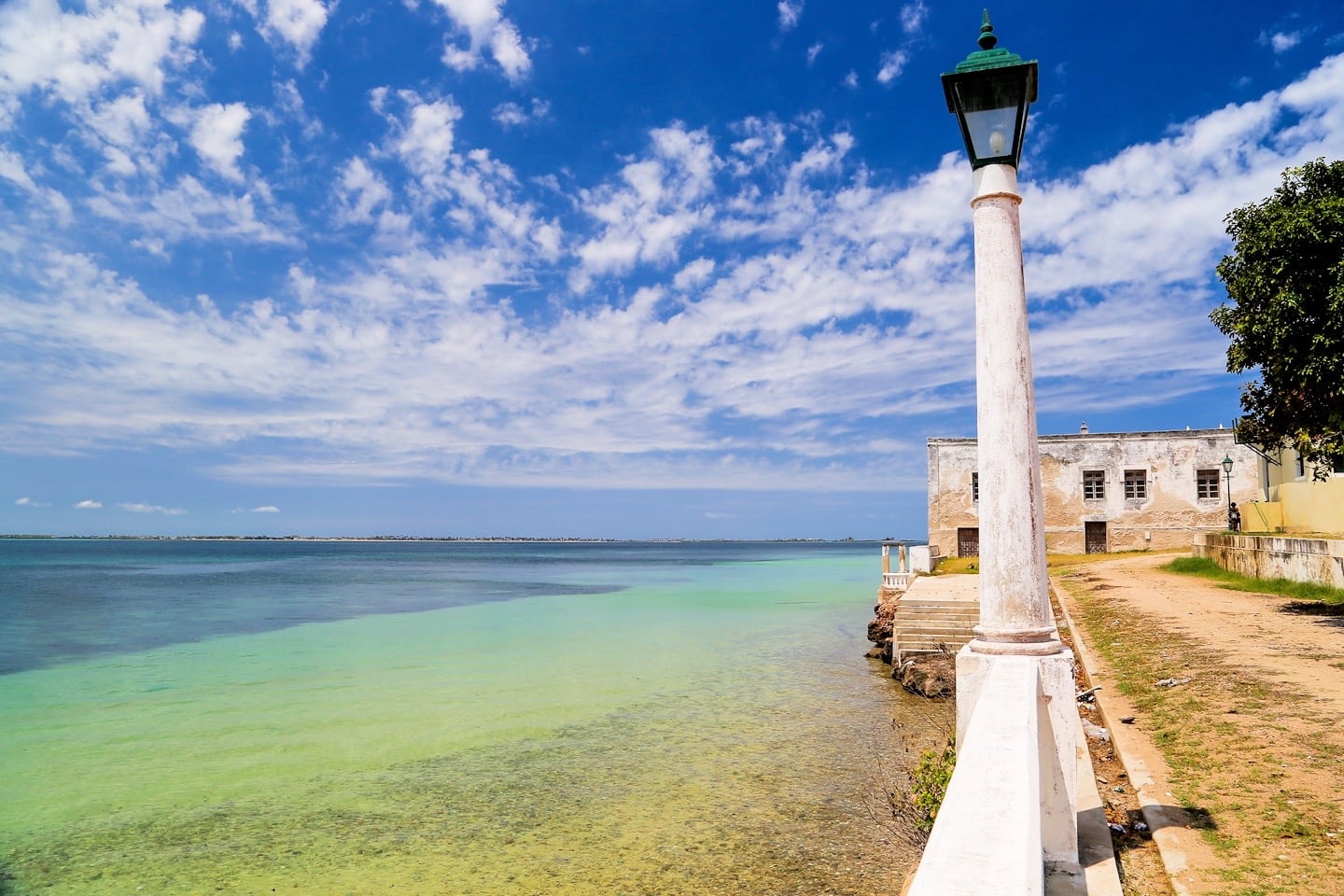
While these structures make up the majority of places to visit on Mozambique Island for visitors, there’s so much more to the island! Here’s a list of our favorites.
The 3km-long island is divided into two main parts: Stone Town (the old, and largely uninhabited, colonial quarter) and Makuti Town (the very-much lived in former laborers’ and freed-slaves’ section, now home to 14,000 people).
Unlike previously mentioned Lamu or Zanzibar, Ilha’s Stone Town is quiet and sleepy, save for Sunday mass and student traffic between Makuti Town and the large Secondary School near the 15th century fortress.

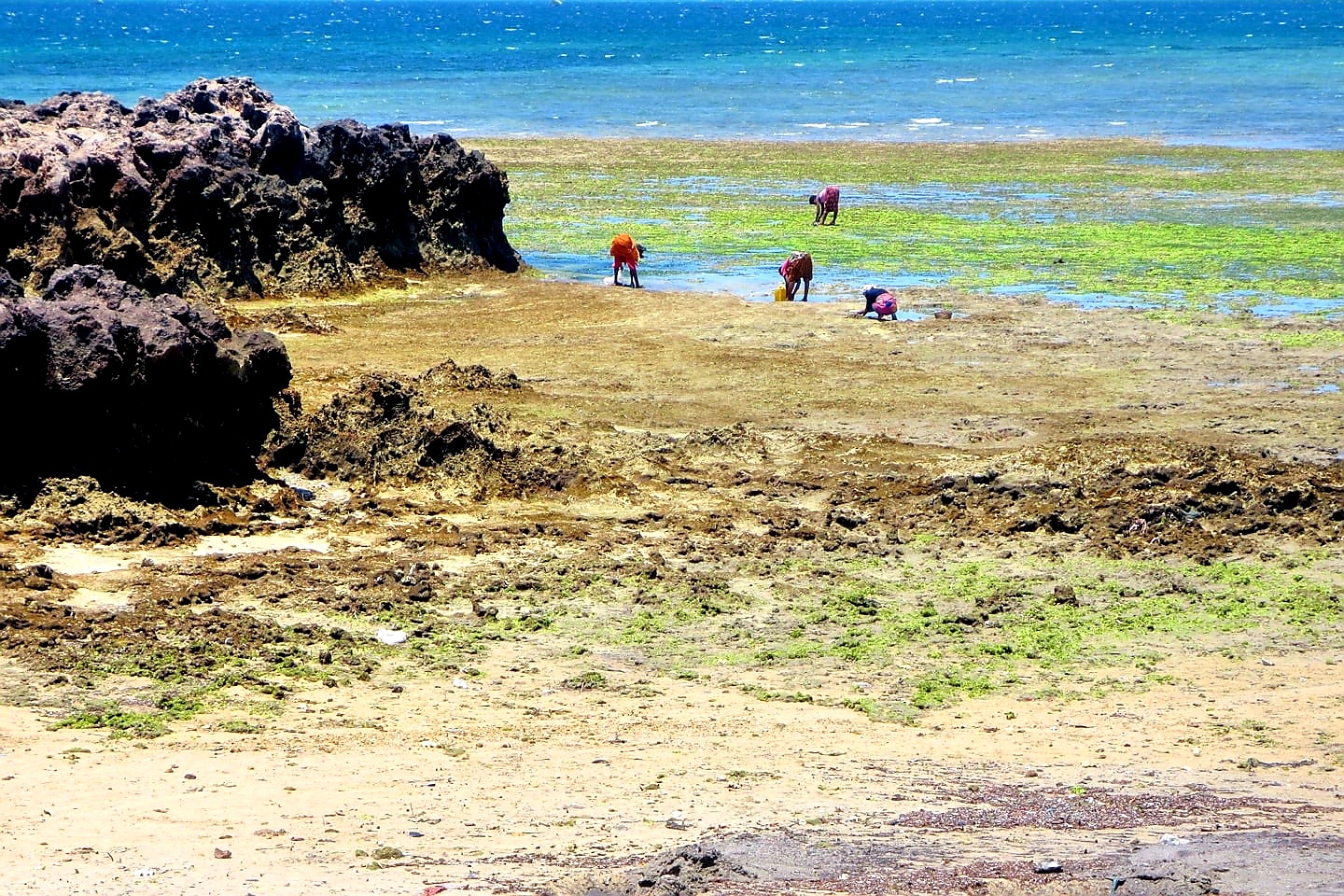

Safety & Security
The vast majority of travelers to Mozambique don’t encounter serious issues with safety and security.
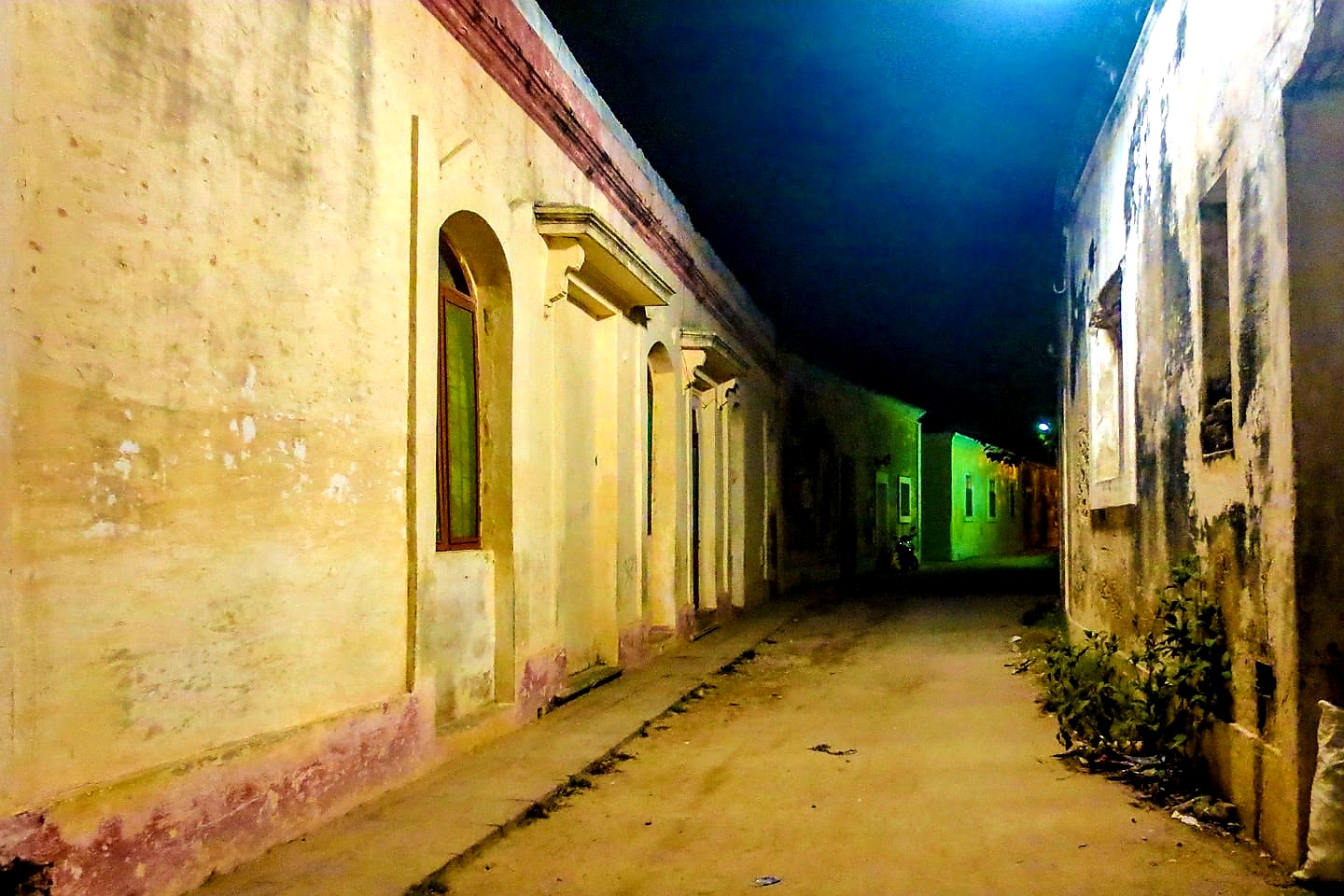
However, it’s important to remember that most Mozambicans live at a very basic subsistence level. For those who do earn income, wages are quite low and prices, quite high for the average person. As such, crimes of opportunity (petty theft) and scams are common, particularly in touristic areas.
The biggest safety risks for travelers, however, tend to revolve around road accidents. Road travel in Mozambique can be dangerous, particularly after dark, on weekends, and traveling by chapas.
Tropical diseases (e.g. Malaria) and food-borne illnesses can also cause major setbacks.


Also keep in mind that medical facilities are often basic, and trauma centers are few and far between across the region, often requiring a medivac airlift to access.
Given all of the above, we strongly recommend getting reliable international travel insurance.
We’ve used World Nomads for all of our independent travel overseas, and have only had positive experiences with them. For longer-term travel and lower cost health care coverage (e.g. digital nomads, slow travelers, expats), check out SafetyWing.








